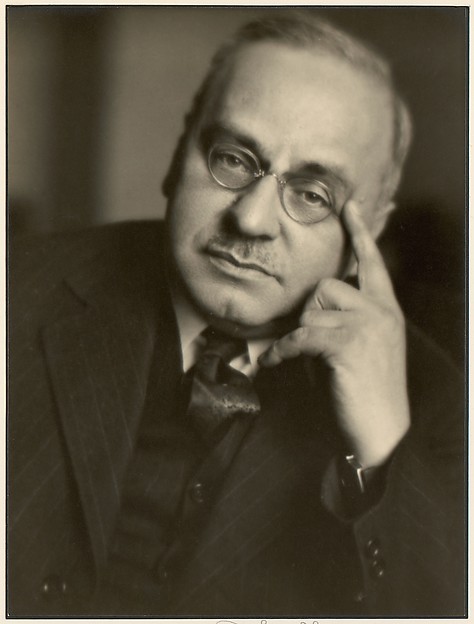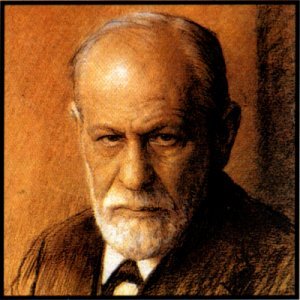
Carl Rogers
(1902-1987)
Founder:
The founder of the person-centered therapy approach is Carl Rogers. Rogers childhood was lonely and he sought out scholarly interests rather than social ones. He was an introvert who spent a lot of his time reading. Rogers held various academic positions. He earned recognition around the globe for his origin or the humanistic movement in psychotherapy. His groundbreaking discoveries have had major impacts in the field of psychotherapy. During the last 15 years of his life Rogers applied the person-centered approach.
Goals of Therapy:
Person-Centered therapy aims in the client maintaining a greater sense of independence and integration. It stems focus to the client and not the client's "problems". Rogers did not believe that the goals of therapy was to solve problems. He did however believe that the goal was to help the client grow and through the growth the client could better cope with and identify their problems. Another aim with this therapy is to help the client become better self-actualized. Rogers believed that before a client can work towards a goal they must first remove the masks they wear. Rogers was interested in knowing what kind of person his clients really were after the facades were put aside. Rogers had four characteristics that provided a general for understanding the direction he wanted to go. Does the client 1. have an openness to experience, 2. trust in themselves, 3. have an internal source of evaluation, 4. willingness to continue growing. Rogers believed that encouraging these characteristics was his basic goal of person-centered therapy.
Techniques:
Person-centered therapy is a result of evolution of 70 plus years. It continues to change and refine. There are really no technique that are basic to the practice of person-centered therapy. Being with clients and entertaining the imagination into their world of perception and feelings is helpful in aiding change. Traditional person-centered therapists will not suggest any form of a technique. What is essential, however is the therapist's presence. The therapist must be completely attentive and immersed as the client expresses feelings. This way of being is thought to be more powerful with person-centered therapy than a technique. Person-centered therapists have freedom to use a variety of responses and methods to assist their clients.
Key Concepts:
- View of Human Nature: Basic sense of trust in the client is very important, this allows for the client to move forward. To be able to help move a client forward a therapist must have: 1. Congruence- this is genuineness or realness, 2. unconditional positive regard- acceptance or caring, 3. accurate empathetic understanding- the ability to grasp the world of another person.
- Actualizing Tendency: a directional process of striving toward realization, fulfillment, autonomy, and self-actualization.
Photos courtesy of :
http://www.fractale-formation.net/rogers-carl/
http://www.primarygoals.org/models/rogers/
Videos Courtesy of Youtube:
http://www.youtube.com/watch?v=JdhuLZNdaiA
http://www.youtube.com/watch?v=bY51IZKq-9I
http://www.youtube.com/watch?v=o0neRQzudzw
Information courtesy of:
Gerald Corey from Theory and Practice of Counseling and Psychotherapy 9th ed.









